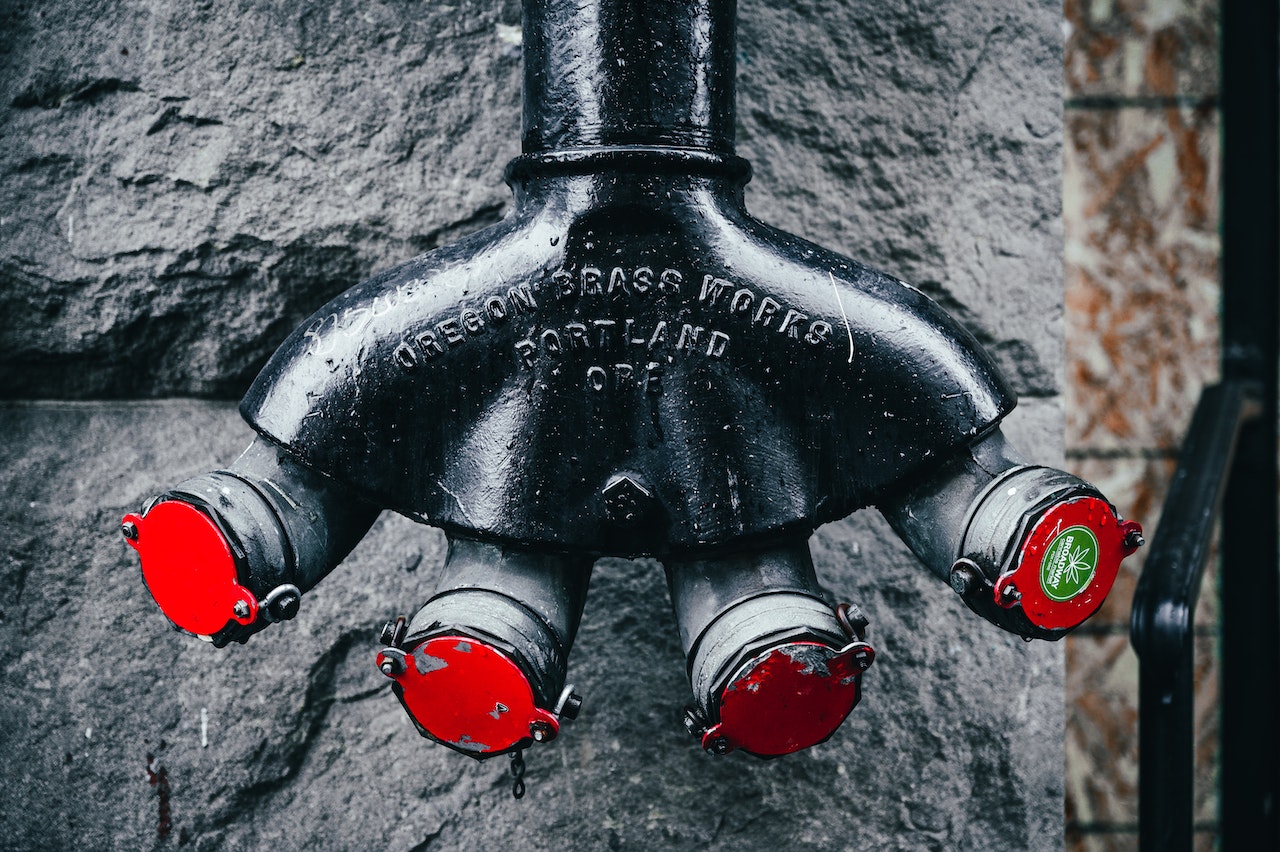
Journey to Cloud is the essential requirement of any customer towards its Digital Transformation to build the digital base with a flexible, agile & predictive environment. The pandemic is only accelerating this digital transformation of the organizations. A lot of organizations still run on legacy systems and moving them to the cloud is a big challenge. Some of the challenges are that the people who built these legacy systems have moved out, there is zero documentation on how these systems work, hard coding of some of the environment variables and the people currently maintaining them have minimal knowledge on what is going on inside those systems.
One of the main requirements that I have seen from various clients migrating the legacy systems to the cloud is Bring your own IP. Bring your own IP (BYOIP) lets you provision and use the same IPv4 addresses for the newly built Azure resources as your on-prem DC. The IP address are hard coded into the application and there is a high risk in modifying these legacy systems. To retain the same IP Address in the Target Cloud is the customer’s default choice because of several challenges like hard coded IP addresses, lack of application flow and affinity awareness in the Source environment. Even though you will not be able to realize the full benefits of migrating to a cloud, this would be the first logical step in a enabling your organization to fully realize the benefits of a the cloud.
There are several strategies we can use to implement the BYOIP. Customer’s BYOIP requirements have to be reviewed thoroughly to provide effective solution to avoid gaps/challenges and delays during the implementation phase. In general, any successful transition needs right strategy and execution plan to meet customer business objectives and facilitate the smooth Cloud Migration. To achieve this, BYOIP requirements should be assessed and solutioned considering two phases in mind.
- Migration Phase
- End State Phase
Migration Phase: This phase is comprised of several migration waves and events to be decided based on the discovery data and affinity. Typically, during this phase to support the BYOIP needs VLAN/Subnet to be extended (Layer 2 extension) from source to target while the Gateway of migrated workloads remain same in the source.
End State Phase: This is typically known as “Network Swing” phase wherein the VLAN/Subnet is completely surrendered by customer to Target environment and Gateway of migrated workloads will change from source to target data center since Layer 2 extension is always interim and cannot be used as permanent solution.
In my next article I will talk about some of the strategies that can use used for migrating the IP’s




Leave a comment